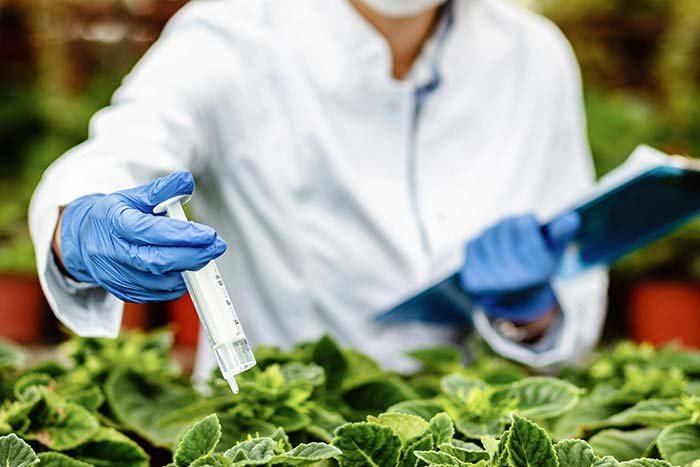
Bactericides are substances or agents that kill bacteria. Agriculture, medicine, and industry use them to control or prevent bacterial infections
Bactericides are classified by their mechanism of action, chemical composition, and target bacteria. By overusing or misusing bactericides, antibiotic-resistant bacteria can develop, so use them when necessary and according to instructions.
There are several types of bactericides:
Chemical substances produced by microorganisms that kill or inhibit bacteria. Beta-lactams, macrolides, tetracyclines, and quinolones are some antibiotic categories.
Bacteria can be killed or inhibited with these chemicals. In hospitals, households, and food processing facilities, disinfectants prevent bacterial infections.
They kill or inhibit bacteria on living tissues, such as skin and mucous membranes. In wound care and surgery, antiseptics prevent bacterial infections.
A chemical or physical agent can destroy all forms of bacteria, including spores. Medical and laboratory settings commonly use sterilizers to eliminate bacteria.
These are naturally occurring substances that can kill or inhibit the growth of bacteria. Examples include tea tree oil, garlic, and silver nanoparticles.
Used of Bactericides
It is important to note that the overuse or misuse of bactericides can lead to the development of antibiotic-resistant bacteria. Therefore, it is essential to use bactericides only when necessary and in accordance with recommended guidelines.
Bactericides can be used in the following ways:
As well as culture and sensitivity tests, there are a variety of other tests that can be performed in a laboratory in order to identify bacteria.
Based on the type of bacteria and the location of the infection, a bactericide can be chosen that is effective against the specific bacteria.
In order to use a bactericide effectively, it may need to be diluted or mixed with other substances, depending on the type.
The bactericide can be applied topically, orally, or injected directly into the body, depending on the type of infection.
Monitoring the response to the bactericide ensures that the bacteria are killed. A follow-up laboratory test may be required to confirm treatment effectiveness.
Bactericides should only be used as directed by a healthcare professional. Overuse or misuse can lead to the development of antibiotic-resistant bacteria.
It is important to wash hands regularly, cover coughs and sneezes, as well as avoid close contact with sick people in order to prevent the spread of bacteria.
Some common uses of Bactericides include
- Bactericides can be classified based on their mode of action, chemical composition, and target bacteria. There are several types of bactericides, including antibiotics, disinfectants, antiseptics, natural bactericides, and sterilants.
- Antibiotics are chemical substances produced by microorganisms that can kill or inhibit the growth of bacteria. They are used to treat bacterial infections in humans and animals.
- Disinfectants are chemicals used to kill or inhibit the growth of bacteria on surfaces or objects. They are commonly used in hospitals, households, and food processing facilities to prevent the spread of bacterial infections.

Bactericides are substances or agents that are used to kill or inhibit the growth of bacteria. They are commonly used in various applications, including medicine, agriculture, and industry, to control or prevent the spread of bacterial infections.
Here are some additional points to know about Bactericides:

- Antiseptics are chemicals used to kill or inhibit the growth of bacteria on living tissues, such as skin or mucous membranes. They are commonly used in wound care and surgery to prevent bacterial infections.
- Natural bactericides are naturally occurring substances that can kill or inhibit the growth of bacteria. They include substances such as tea tree oil, garlic, and silver nanoparticles.
- Sterilants are chemicals or physical agents, such as heat or radiation, that can completely destroy all forms of bacteria, including spores. They are commonly used in medical and laboratory settings to ensure the complete elimination of bacteria from surfaces and equipment.